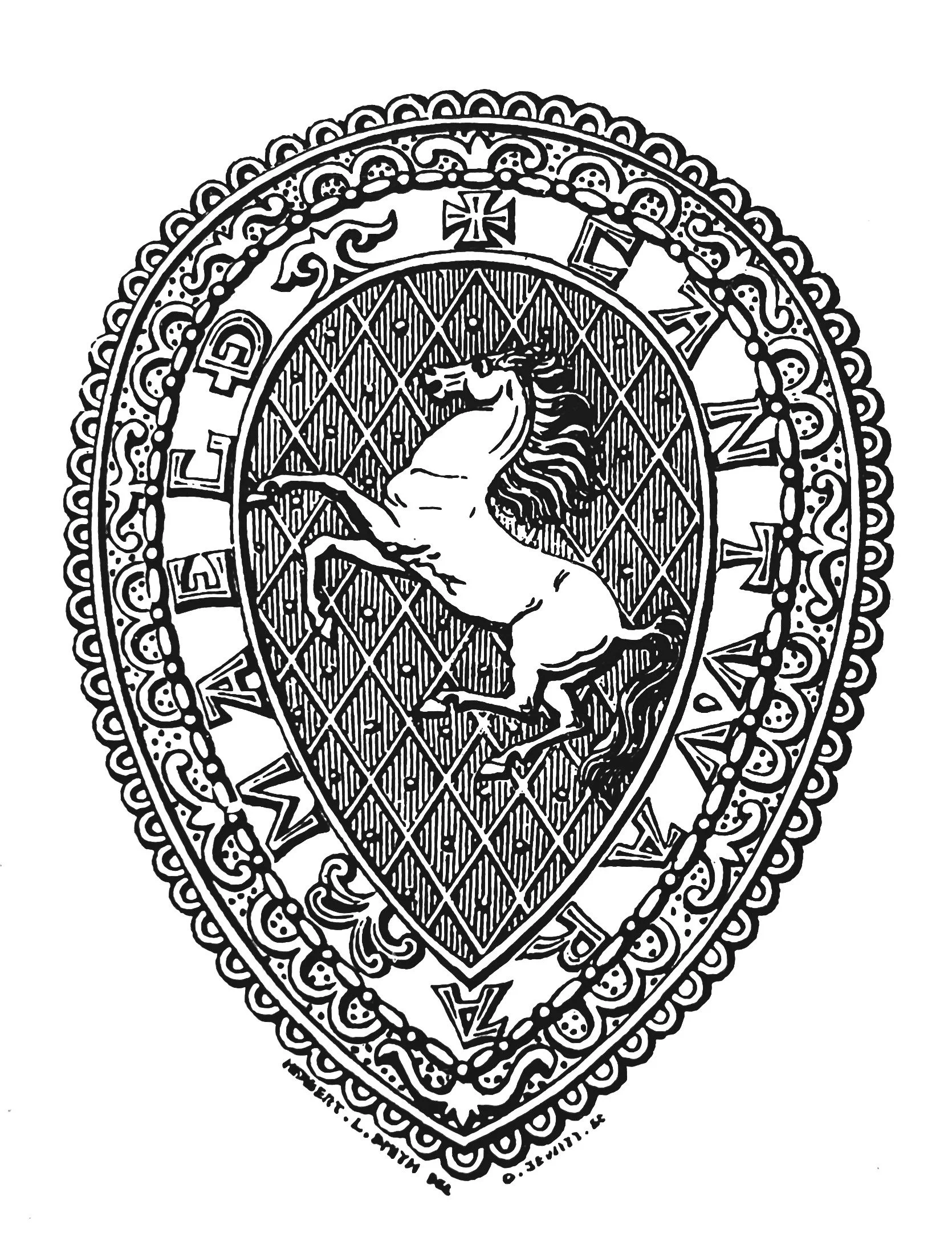
KAS Newsletter, Issue 32, Autumn 1995
Experimental archaeology at Canterbury, Kentish social and study events, and insights into local history and archaeology.
Search page
Search within this page here, search the collection page or search the website.
Previous
Previous
Wye College to sell Brook Estate?
Next
Next
Experimental Archaeology at Canterbury College
Written By KAS
Featured
Iain Foreman, (Visual Records), 1995, KAS Newsletter, Issue 32 (Autumn 1995). Maidstone: Kent Archaeological Society.
Peter Draper, Hon. Librarian, 1995, KAS Newsletter, Issue 32 (Autumn 1995). Maidstone: Kent Archaeological Society.
Iain Foreman, 1995, KAS Newsletter, Issue 32 (Autumn 1995). Maidstone: Kent Archaeological Society.
B. T. Cousins, Hon Treasurer, KAS, 1995, KAS Newsletter, Issue 32 (Autumn 1995). Maidstone: Kent Archaeological Society.
KAS Newsletter, Issue 32 (Autumn 1995). Maidstone: Kent Archaeological Society.


